Home movie film format history
This is a background information article for Vintage Home Movies which covers differences between the various home movie film format standards.
This is a background information article for the Vintage Home Movie section of the site which explains the differences between the various home movie film format standards that have been used by home moviemakers over the years. Initially it only covers 8 mm film formats, but as this site expands and other formats are included, I will update this post to cover them.
First I’ll write a bit about how film cine cameras work because that will help understand the different movie film formats.
Filming moving pictures
Movie or cine film cameras work by taking a series of still images which, when projected at a fast rate, give the impression of movement. For film cameras this means feeding a ribbon of film through the camera, so the images can be recorded, but because the film needs to be stationary as the picture is taken, the film isn’t fed through smoothly but ‘jerked’ through. In order to do this the film has holes which allow a claw mechanism in the camera1 to pull the film forward, hold it stationary, take the picture and then repeat the process. The holes in the film are called ‘sprocket holes’.
In the formats of film used for professional projection there are sprocket holes down both edges, but 9.5mm film, which was a home movie format at the turn of the last century, had a single sprocket hole in the middle of the film, and 8mm film has sprockets down one edge only.
Processing
Just a point about processing. All colour movie films as far as I recall were supplied ‘process paid’ which means the price of the film included the processing cost. When you bought a film, included in the package was an envelope which had a section filled in by the photographer with the return address. When it had been shot the film was sent in the envelope for processing and the return address used to get the film back to its rightful owner.
This is actually useful for people like myself who collect vintage home movies, because if the film has been kept in the envelope I have a way of identifying the photographer and of knowing which films were taken by the same photographer.
Standard 8 home movie film format
Standard 8 film was introduced in the 1930s by Kodak as a universal home movie film format and to be cheaper than the other cine film formats available at the time for home moviemakers.
The formats available before 8 mm would have been either 16 mm or 9.5 mm which produced a bigger image on the film emulsion and therefore used more film. This explains the reason 8 mm film was cheaper; the amount of film surface used to record the image was much smaller than the other formats.
This also means of course that the quality of the image was not up to the standard of the larger formats, but for home movie makers the price was probably of more concern than the slightly lower image quality.
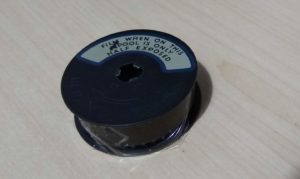
Standard 8, which was also known just as 8 mm when introduced, came in rolls which were actually 16 mm wide and had sprocket holes down each edge. The cameras which used this film were designed to record a series of images down one edge of the film and when the film ran out it was turned over and run through the camera again.
Once the film had been fully recorded it left strips of images down each edge of the film.
The film shown in the picture here on the above right has been removed from an 8mm standard 8 cine camera after half the film has been exposed. You can possibly see that the film has sprocket holes on each edge whereas the 8mm film shown later in this article only has sprockets on one edge. By the way, the film in the picture was found by me in a Bell & Howell 8mm camera which I acquired as part of my vintage camera collection.
There are two interesting side effects of the fact that the film is turned over half way through:
- Many of the films on vintage home movies have fogged sections every 25 feet. This was the point the camera was opened and the film turned over which resulted in a few frames being exposed to light.
- Some of the films have holes across the actual film surface which appear in the viewed film. This was because some film had the words ‘Half Exposed’ spelt out in the film in holes to remind the photographer the film had not been fully exposed. These holes are still there (obviously) after the film has been developed and returned to the user.
When the film was sent for processing, the lab would split it down the middle after it had been developed and splice the two parts together to make one reel with a single sprocket hole down one edge.
Most Standard 8 film is silent. There were options to produce sound recording which played along with the film but most people stuck with silent film for their home movies.
Super 8 home movie film format
Super 8 was introduced in 1965 as an improved version of the 8 mm standard. It was again a home movie film format championed by Kodak, and the major improvement came from the use of much more of the film surface for recording images rather than being taken up with sprocket holes.
Super 8 was also different from standard 8 in that it was supplied in cartridges which didn’t required turning over mid-way through the film. The camera opened up, you snapped in a cartridge and you were ready to start filming.
Finally, the last improvement was the optional addition of sound which made super 8 a much more complete format for home movie makers.
Because the film was supplied in cartridges, loading the camera with film became a much more simple operation and because the cartridges were coded with the film speed, if the camera was equipped read this encoding, swapping a used cartridge for a new one could be done in seconds.
Single 8 Format
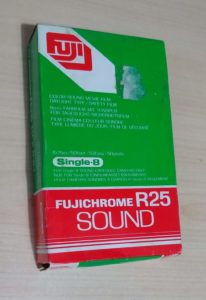
Single 8 was a home movie film format introduced by Fuji as an alternative to Standard 8 and at about the same time as Super 8 was introduced by Kodak. It was similar in that it was provided on cartridges which removed the need to turn reels over at the mid point in the film, and was also available with a soundtrack.
The picture shown on the left is a box of Single 8 film which I acquired with a cine camera as part of a purchase for my vintage camera collection featured on my PhotoBlog.
Single 8 film, although not identical to Super 8 because it was thinner, could still be projected using a Super 8 projector because the width and sprocket hole placements were the same.
Standard 8 and Super 8 reels
Although the actual size of the film for both standard 8 and super 8 is physically the same, the reels the film was sent back to the photographer after processing were different. In the gallery below are a Standard 8 film and a Super 8 film and you can see that the hole in the center of the reel is different.

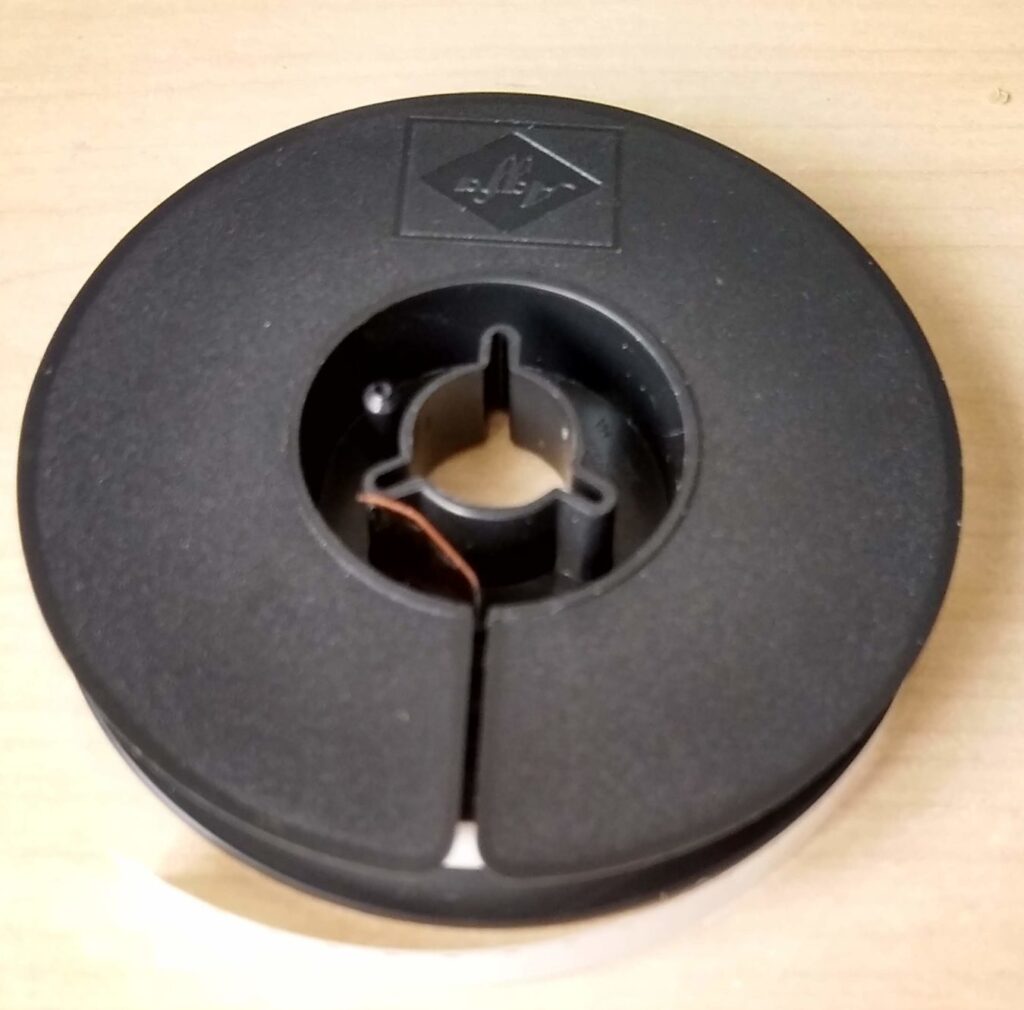
This was done, presumably, so that films would not be mistakenly loaded on a projector which couldn’t play them.
Because photographers who switched to super 8 from standard 8 would have a projector which played both standards, adapters were made which fitted into the larger super 8 reels and allowed them to fit to the smaller standard 8 holders.
Super 8 and Standard 8 films compared
This picture shown here shows the difference between the two main 8mm film formats when viewed close up. From this picture it’s easy to see the difference in size of sprocket holes and also the fact that the super 8 film on the right has a bigger picture area than the standard 8 film.
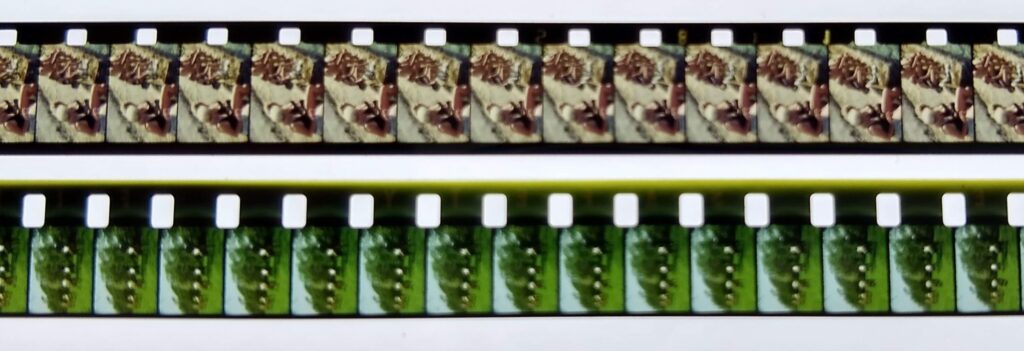
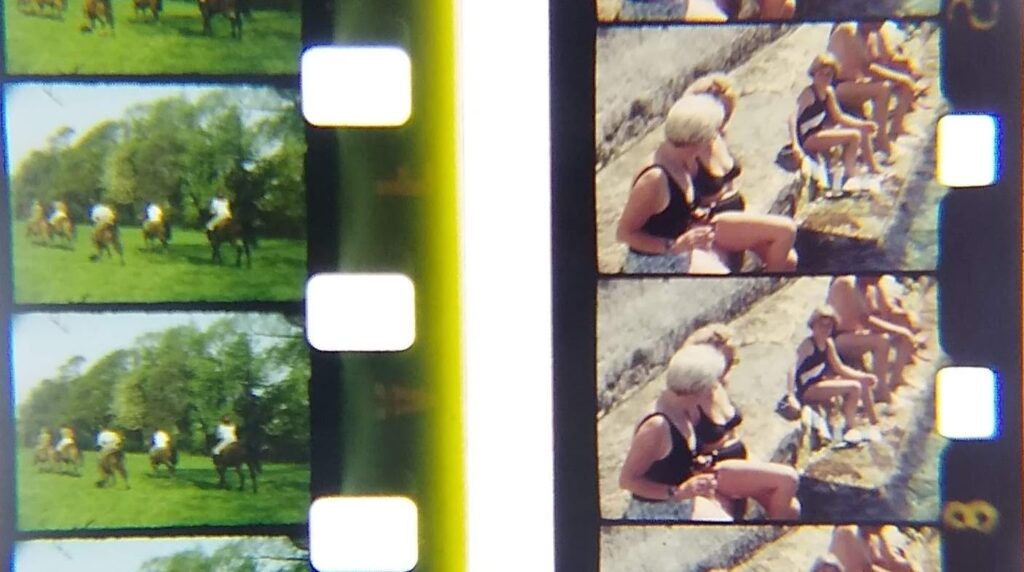
- and projector [↩]
Discover more from Everything Vintage
Subscribe to get the latest posts sent to your email.

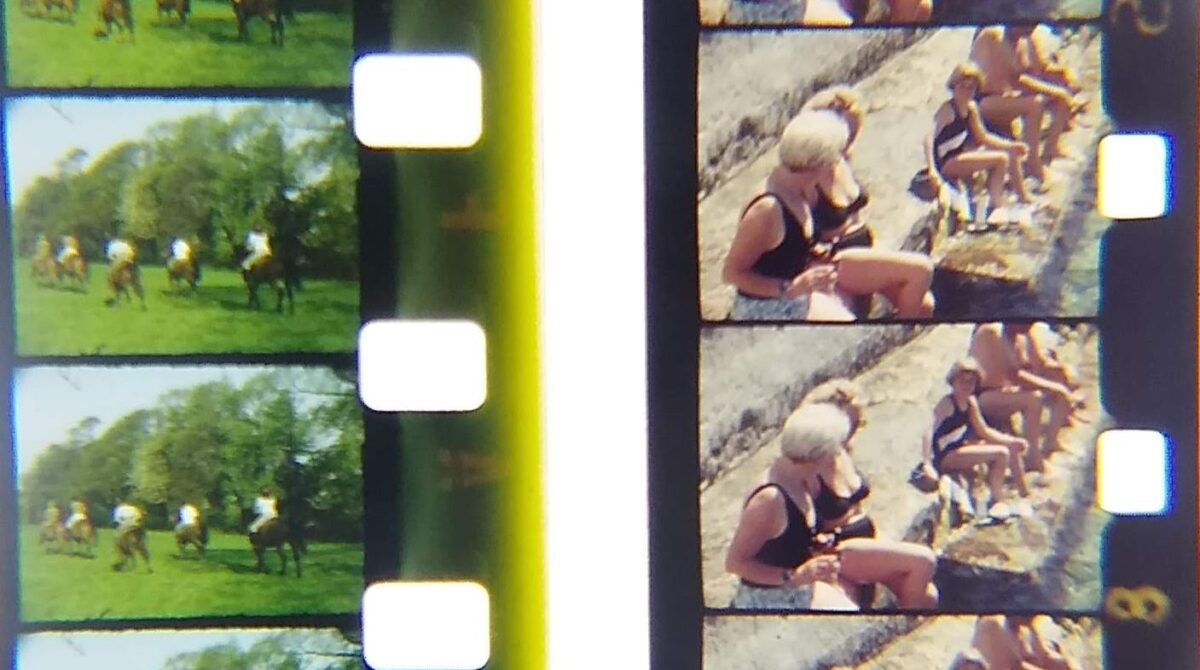
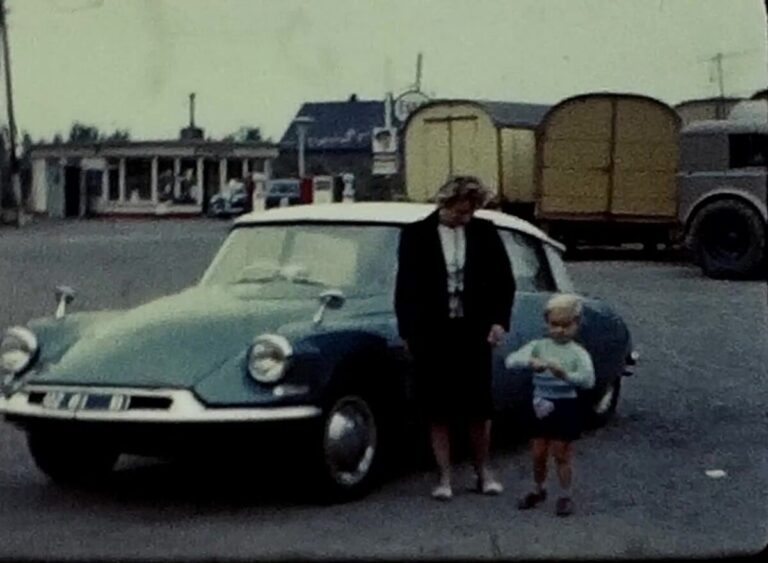

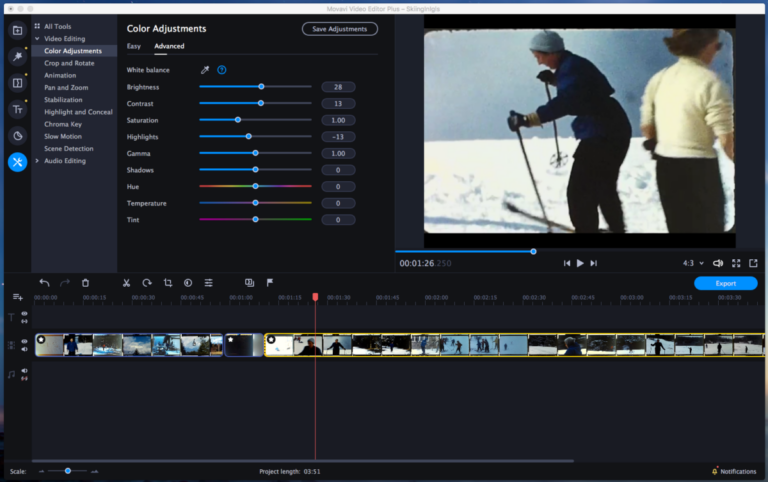
52 Comments